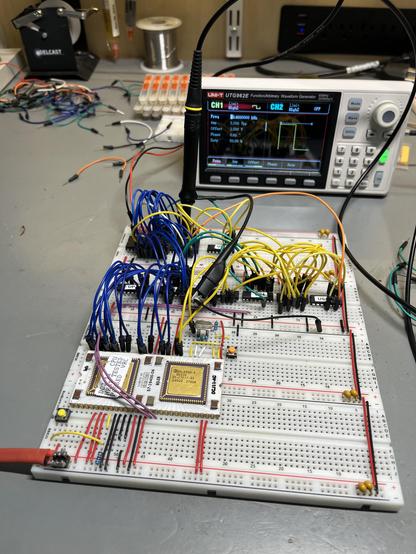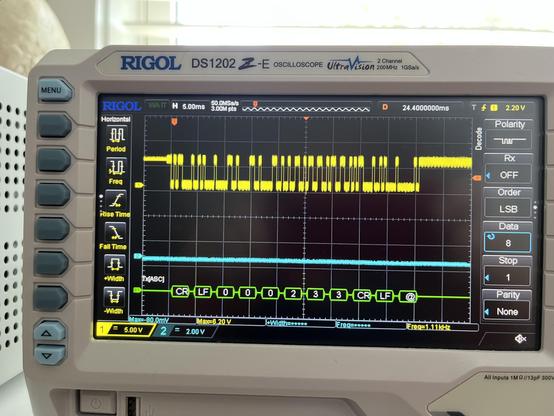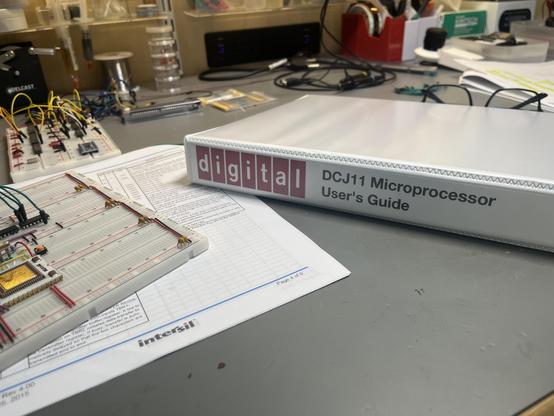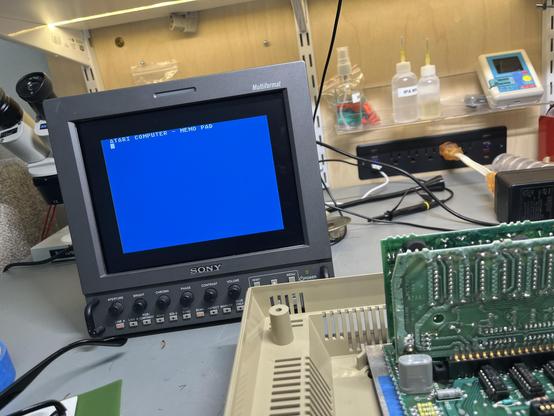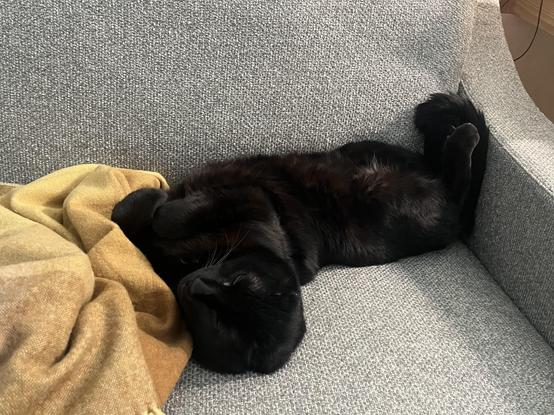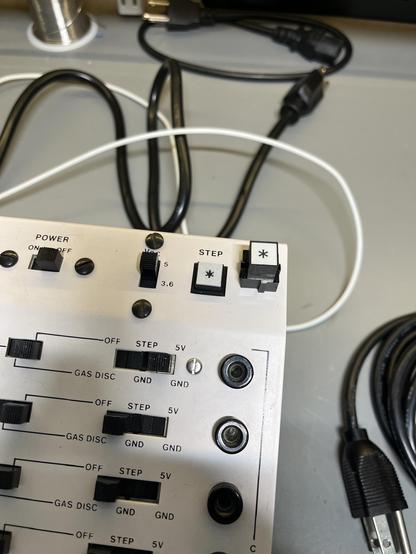Rock on. Serial works in both directions and I can send typos as well as commands (in this case eventually displaying the contents of the status register). Need to tidy up what I have so far, then I'll work on adding some RAM. 5/n
Life! I added a bunch of wires stuff and I now get serial output on reset, which is decoded at the bottom of the oscillogram: CRLF, the PC as six octal digits, CRLF, and an `@` prompt, exactly as expected! Now I need to hook up an RS-232 transceiver and see if I can give it commands from a terminal. 4/n
I can focus much better with paper documentation, so I print out data sheets and old manuals when I know I will be writing notes and flipping around a lot. I have tried using a tablet for this and it doesn't work well for me … e-readers are great for narratives, but not so much for reference materials where the access pattern is kind of random. 3/n
The DCJ-11 processor's ceramic package looks, feels, and sounds like a little bathroom tile. In principle one can hook up a UART and a bit of glue logic and gain access to the operator's console, yielding the world's worst PDP-11 on a few breadboards. It's showing some signs of life, although fewer than I was hoping for at this point. Anyway we'll press on and see how it goes. 1/n
Ok all back together and I think we're good. Would be more fun with a game controller.
The Atari has RF video output, but I didn't have an ancient TV to plug it into so I made a small modification and now it outputs s-video. Seems to be working ok. Now I need to get a game controller.
A friend brought me an Atari 400 so I’m cleaning it up (pictured) but haven’t been able to test it because it wants 9V AC and I don’t have a transformer that’s the right size. I have run into this kind of thing a few times before and I’m wondering if a variac would work here. Does anyone out there in
#retrocomputing land know if they behave ok at low voltages?
Last night I worked on a cap for the "step" button by printing a few layers of white on top, with an asterisk-shaped cutout. I need to do some fine-tuning but I think it's going to work, and it should be much more durable than a sticker.
Debouncing is necessary because mechanical switch contacts often "bounce" a few times before settling into an open or closed state. This means the electronics may see many keypresses when the user only intended one. In this example a 4-bit counter advances by exactly one with each keypress; without debouncing it would be totally random.
